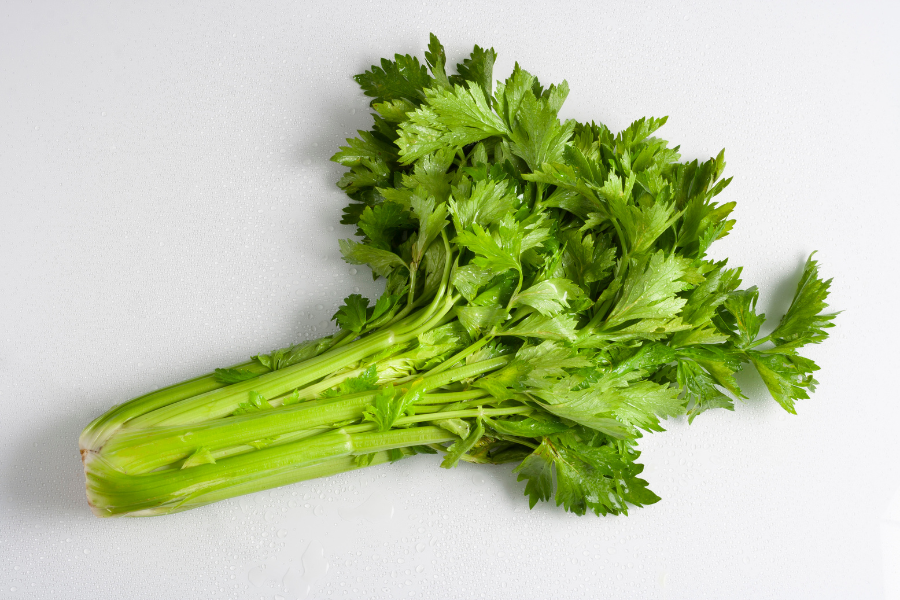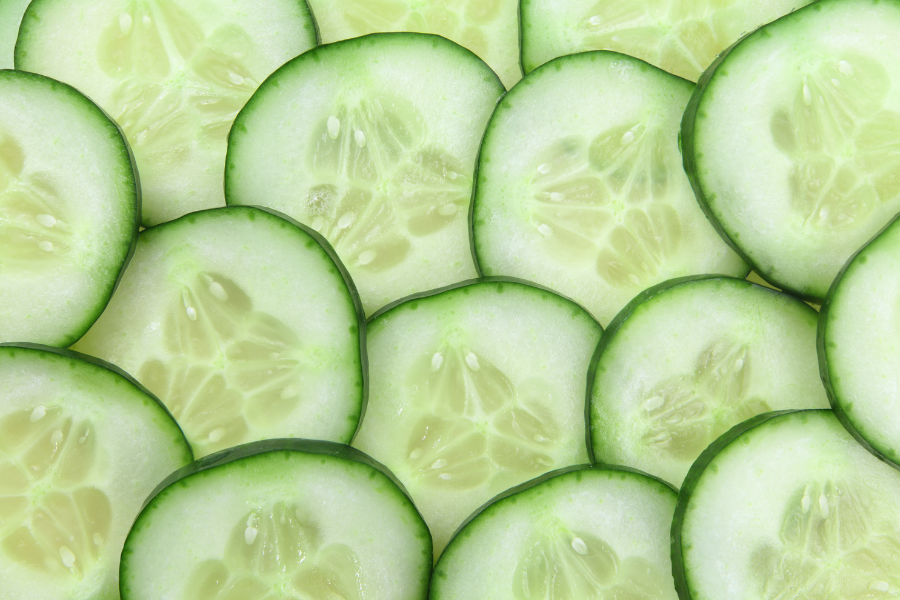Ahoy, animal lovers and fur-parents alike! If you’ve landed on this seashore of a blog post, it means the crustacean conundrum has finally come to your door. You’re not alone in the endless debate of 'to share or not to share' when it comes to human food and our wagging companions; I'm here to guide you through the underwater maze of whether or not our four-legged buddies can have a little shrimp on their kibble dish.
Key Takeaways
- Shrimpy Delights. Dogs can, indeed eat cooked shrimp - sprinkling a bit of the ocean's magic into their mealtime.
- Peel Away the Worries. Remember to fully remove the shell, tail, and head to avoid any choking hazards or digestive troubles. Safety first in our aquatic adventure!
- Simplicity is the Key. Cook the shrimp plainly, without any garlic, onions, or seasonings, to keep it safe and scrumptious for your pooch.
- Moderation is a Treasure: Treat cooked shrimp as an occasional treasure, not a staple in your dog's diet. Too much of a good thing can lead to upset tummies or worse.
- Consult the Compass. Before introducing new foods like cooked shrimp to your dog's diet, it's wise to consult with your veterinarian. They'll help ensure the seas ahead are smooth for your pup's health voyage.
Understanding Fido's Feasting Palette
Dogs, like us, love a good variety in their diets. From the mundane munching of kibble to the sheer ecstasy elicited by a meaty surprise, their feasting habits can be as colorful as their personalities! But just how colorful can their plates get?
If there's something that your culinary radar hasn't yet detected, it's the fascinating question of cooked shrimp. Can your pup join in on this maritime feast without compromising their health? Grit your tails, we're about to explore this aquatic treat!
The Tale of the Flamingo Pinch
Who hasn't gazed in wonder at the high-rolling menu-shrimp cocktail and the resplendent platter of shrimp scampi? The tender, juicy meat that’s equally easy on our eyes as on our palate – there’s no doubt the shrimp is a beloved part of many human diets.
But before you jubilantly declare it 'Fido’s Friday Night Special,' remember that shrimp aren’t part of the standard canine cuisine. While plain cooked shrimp doesn't have an 'Instant Siren for the Vet' stamp on it, it certainly requires some thought and moderation.
The Nutritional Analysis
Shrimp, an excellent source of protein, contains a good dose of vitamins B12 and B6, as well as an impressive serving of omega-3 fatty acids. In moderation, these nutrients can be quite beneficial to your doggo’s overall wellness. But – and here's the big ‘but’ – shrimp also contains a fairly high level of cholesterol.
Why Cholesterol Causes A Pawsome Pawse
For our furry buddies, high cholesterol isn’t merely a concern that echoes through the walls of health departments—it’s a red flag that waves mightily in the fields of canine health. Canine physiology doesn't quite mirror ours, and while they do need a certain level of fats in their diet, ensuring levels are well within the healthy mark is crucial.
The Balancing Act
Insert cooked shrimp into their diets conservatively—the extra protein could be especially beneficial for active or growing dogs. For older or less active pooches, however, that shrimp should remain a rare treat. Assessing your dog’s individual dietary needs with a professional vet can help maintain a well-balanced diet, shrimp included.
The Shellfish Issues
Shrimp comes with built-in packaging that isn’t always part of your dog’s digestive script—the exoskeleton. The hard, chitinous shell is something dogs might not be able to break down easily, if at all.
The Hidden Hazards
If not properly removed and your intrepid gourmand happens to ingest the shell, there’s a risk of it causing an obstruction in your dog's digestive system. And believe me, a canine tummy in this predicament is no laughing matter. Always make sure you shell out the shrimp sans shell for your dog's safety.
Tails of the Shrimp's Preparation
We’ve established that shrimp must be cooked before it's considered for your fur-ball’s menu. But how should it be cooked? Simply boiled or steamed without any oils, seasonings, or garlic and onion (which are toxic to dogs) - an undressed shrimp, if you will.
The Tail-Off Kindness
Leaving the tail on can seem like a playful presentation but it's also a small piece that can potentially pose a choking hazard. Be mindful and remove it before serving.
Crunching the Big Shell of the Debate
The question surrounding dogs and seafood, in general, has been afloat in the seas of pet health for quite some time. It's not just about shrimp—it’s about the bigger picture of a dog’s diet.
The Ocean of Options
Fish, in the right forms and portions, can indeed be a wonderful addition to your dog's diet. The omega-3 fatty acids found in fish are renowned for their role in everything from heart health to inflammation control. Just like with shrimp, however, the watchword is moderation and smart preparation.
Shrimp in the Context of Canine Health
Ultimately, the refusal to share your shrimp with your dog isn't about being a stingy shellfish hoarder- it’s about ensuring your pet's health. Shrimp can be delectably good on canine taste buds, but a healthy dog is a happy dog.
The Final Shell-ibration
If you decide to share the shrimp love, remember these key points:
- Moderation is Key: A piece or two occasionally is fine, but shrimp shouldn't be a staple of your dog's diet.
- Say No to the Shell: Always shell out the shrimp—tails and carapace can be potential hazards.
- Plain Jane Please: Keep the seasoning at bay; dogs have a less forgiving palate.
- Options on the Stovetop: If shrimp is on the menu, it should be boiled or steamed without any additional ingredients.
Paw-some Precautions and Posture
Ensuring your dog’s diet is 'pawsitively' well-balanced means a conscious choice in every paw-filled dish. From proteins to the good carbs, vitamins to the fats—each component plays a vital role in their overall health.
The Tail-Tale of a Healthy Diet
A dog's diet should consist mainly of high-quality commercial dog food that’s accommodating to their stage of life, supplemented with treats that are reserved for just that—treats! Use the cooked shrimp as a portal to responsible pet feeding, a balancing act to delight your dog's diet without tipping them into unhealthy waters.
What Next?
The sea of gastronomic possibilities with your dog is vast. Exploring it with care means you can introduce a variety that not only tantalizes their taste buds but also compliments their health.
Can dogs eat cooked shrimp? The resounding answer is a qualified ‘yes,’ embedded with an understanding of when, how, and how much. In the celestial dance of munching and mealtimes, your dog is your partner. Lead with love, wisdom, and a pinch of patience, and both of you will bask under the sunny skies of shared experiences.
Your dog looks to you for guidance, especially when it comes to food. Be the wise shipmaster navigating your way through the culinary waves. Your reward? A loyal companion by your side, healthy and eager for the next adventure, shrimp or no shrimp.
Resources
1) Guilherme-Fernandes J, Aires T, Fonseca AJM, Yergaliyev T, Camarinha-Silva A, Lima SAC, Maia MRG, Cabrita ARJ. Squid meal and shrimp hydrolysate as novel protein sources for dog food. Front Vet Sci. 2024 Feb 21;11:1360939. doi: 10.3389/fvets.2024.1360939. PMID: 38450029; PMCID: PMC10915000.



